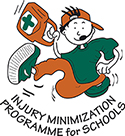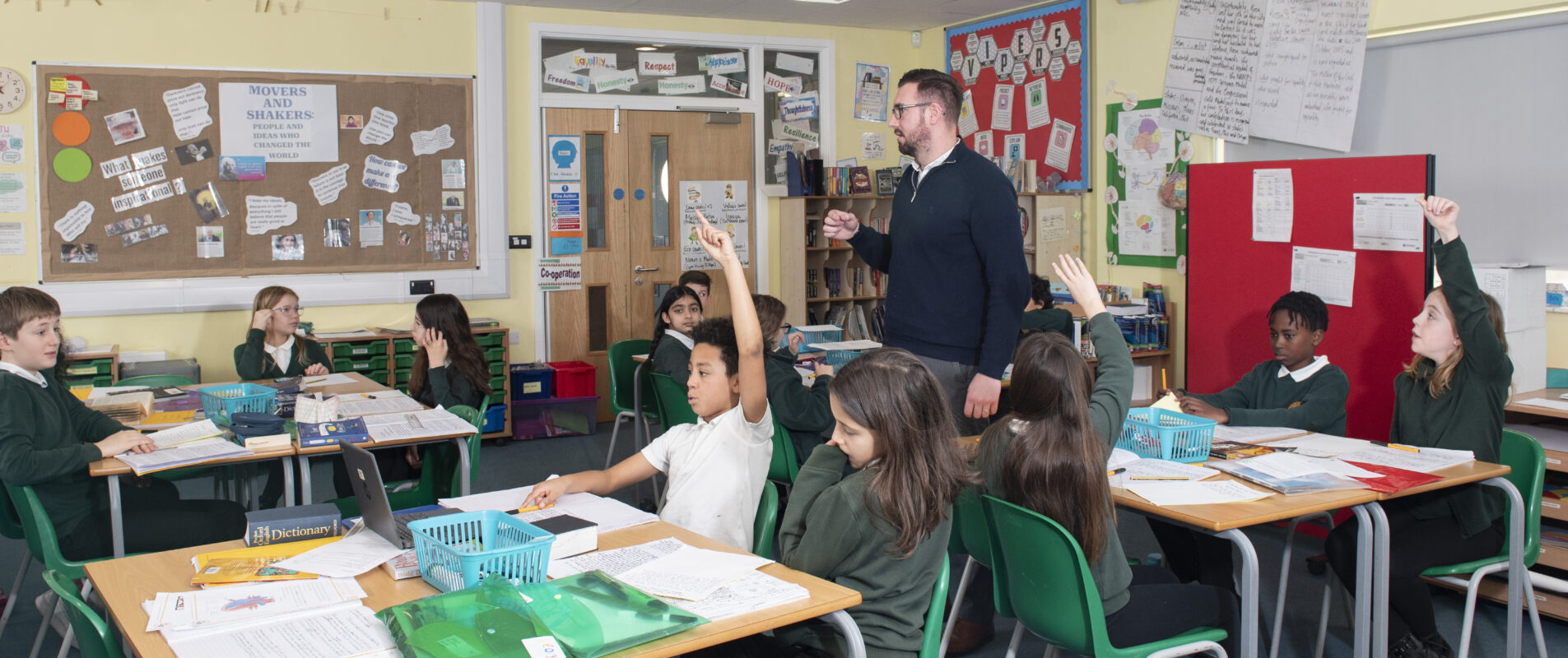Here are the answers to some of our frequently asked questions.
If you cannot find the answer to your query here, please send us a message via email and we will reply to you as soon as possible and add your question to our list on this page.
Why are pupils asked to wear trousers (or shorts under their skirts) for the hospital visit?
Why do you give the children biscuits mid morning?
How can my school get involved with I.M.P.S.?
Why is it possible to let children walk around the emergency department in hospital?
Is it safe for my child to visit a hospital when they are well?
My child is not feeling well this morning, can they still attend their I.M.P.S. visit?
Is it safe for a child to learn how to use a defibrillator?
How do you know if children remember what they are taught?
Will my child have a first aid qualification?
How can a 10 year old put an adult in the recovery position?
Can independent schools get involved?
Are the I.M.P.S. trainers checked before they work with children?
Can I follow I.M.P.S. on social media?
Why are pupils asked to wear trousers (or shorts under their skirts) for the hospital visit?
Much of the practical work is done on the floor and it is important that the children concentrate on what they are learning without worrying about showing their underwear.
Why do you give the children biscuits mid morning?
It is important to refuel the children mid-way through the practical session as they have a full morning of learning. We need to avoid children fainting during the sessions especially if it involves a visit to the emergency department where it can be quite warm and the lights very bright. Surprisingly, some children are not given breakfast in the morning before attending school.
How can my school get involved with I.M.P.S.?
If your school is in Oxfordshire, please contact us by email to ask about signing up for the programme. If you are out of county, then our affiliated schools programme may work for you. This will provide many aspects of the programme to your school with the exception of the practical training element which has to be arranged independently.
Why is it possible to let children walk around the emergency department in hospital?
The children are taught throughout the morning by specially trained I.M.P.S. trainers who are not part of the emergency department staff. Although the children do enter the emergency department they do not come into contact with any patients or distressing events. The benefits of visiting a hospital when well, help to reduce any fear a child may have about hospitals. A visit to the emergency department helps to add credibility to the skills that have been taught in the classroom setting.
Is it safe for my child to visit a hospital when they are well?
Yes of course, we would never put a child or visitor at risk in any way. If on rare occasions there are issues with infectious diseases within the emergency department or hospital, the visit will be cancelled or relocated.
My child is not feeling well this morning, can they still attend their I.M.P.S. visit?
If you would normally send your child to school for the day then it is probably alright for your child to attend an I.M.P.S. session. Bear in mind that the visit is long and requires a lot of interaction and concentration from your child. If you think your child may have an infectious illness or virus, or has been in contact with an infectious illness, please do not send them into a hospital environment.
The I.M.P.S. visit is free to schools although we will ask for donations or for each school to organise a fundraising event.
Is it safe for a child to learn how to use a defibrillator?
It is perfectly safe for anyone to use a defibrillator (also known as an Automated External Defibrillator AED). It is impossible to accidentally deliver an electric shock to yourself or the patient as the defibrillator is fully automated and tells you exactly what to do.
How do you know if children remember what they are taught?
We have an evaluation online quiz and the children take part pre and post visit. These scores are collated and we can see that following the I.M.P.S. visit the children’s score goes up by an average of 20% correct answers. Studies taken 3 and 6 months post visit show that the retention of skills and knowledge is very high. You can download the study below.
Will my child have a first aid qualification?
Your child will not have a first aid qualification, although a certificate is available to show the emergency life skills that have been learnt. You can download certificates below.
How can a 10 year old put an adult in the recovery position?
It’s all about levers! It is quite possible for a child to move an adult by using the arms and legs as levers. Click here for more information about the recovery position.
Can independent schools get involved?
Yes, we welcome independent schools to be part of the programme.
Are the I.M.P.S. trainers checked before they work with children?
All I.M.P.S. trainers are DBS checked prior to employment and Oxfordshire I.M.P.S. follow the I.M.P.S. child protection statement and Local Arrangements for Child Protection Guidelines.
All schools are responsible for any adults who accompany the children on their I.M.P.S. hospital visit.
Can I follow I.M.P.S. on social media?
If you are over 13, you can follow Oxfordshire I.M.P.S. on instagram, X and Facebook


